Remote work is on the rise.
Global Workplace Analytics reported that since 2005, regularly working from home has grown by 140 percent.
It makes sense. With no overhead costs, it’s affordable for companies. And with flexible schedules and a nonexistent commute, it’s accommodating for employees.
But how can managers be sure that their remote team members are getting things done and being productive?
To get to the bottom of this, we asked an expert — Amir Salihefendić, CEO of productivity app maker and fully remote company, Doist.
In our interview, Amir dives into how he effectively manages a virtual team, best practices for ensuring remote teams stay on task, tips for producing high-quality work, and more.
What’s your definition of productivity?
Productivity is delivering high-impact work on time. I think there’s a lot of “productivity porn” out there where people focus on doing a lot of stuff or creating the perfect system. To me, that’s not really what productivity is. Productivity is going deep and doing stuff that has a high impact.
So that’s what I’m focused on. I don’t like micromanaging myself or my systems because it really doesn’t improve productivity. You end up spending more time inside the system than actually doing meaningful work or making a meaningful contribution.
How can employees be productive at work — remote or not?
The most critical part is doing something that you genuinely like to do and that you would do even if you weren’t paid to do it. Another critical part is finding a mission that’s bigger than yourself and being mission-driven instead of a mercenary. I think that pushing yourself to do something that you don’t really like doing isn’t good because you cannot excel at that.
If you resolve to do these two things, you already have an edge over people who don’t like what they do and don’t connect with a bigger mission. Tools and processes come afterward.
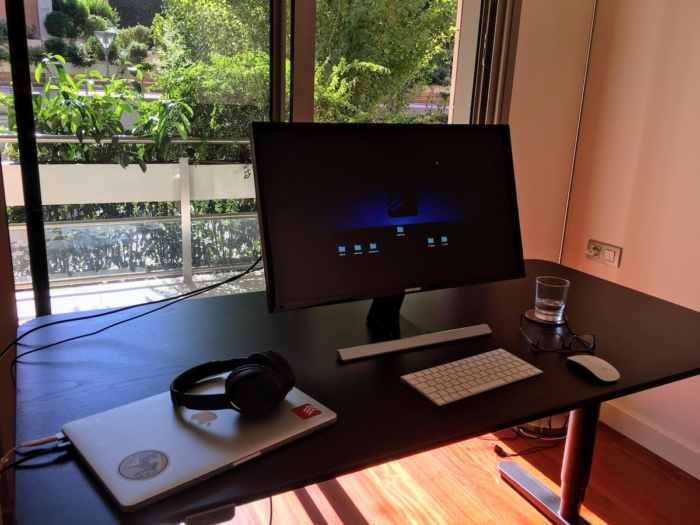
Why did you decide to make Doist a remote company?
In the grand scheme of things, this wasn’t actually planned for the business. When I started Doist, I lived in Chile and needed to hire people. I couldn’t really find local talent, so that’s when I began to hire globally. It was kind of accidental.
Do you think remote work helps or hurts productivity?
I think it’s the best thing for productivity, especially the way we do it at Doist. But I think there are some things that do hurt productivity. For instance, using Slack and real-time communication as the base system of remote work isn’t good.
This is because you must be online all of the time. I think the synchronous way of doing remote work doesn’t really help that much. But there’s another way — asynchronous — and that’s the way we do it. It’s our default.
This means that we don’t communicate in real time, so you and I can go and have a meeting and nobody in the company expects an answer from me right away. I can even go out and play football and come back again and nobody will miss me.
Asynchronous communication also enables me to code for hours uninterrupted and solve really hard problems. I think remote work is great for deep work and creativity.
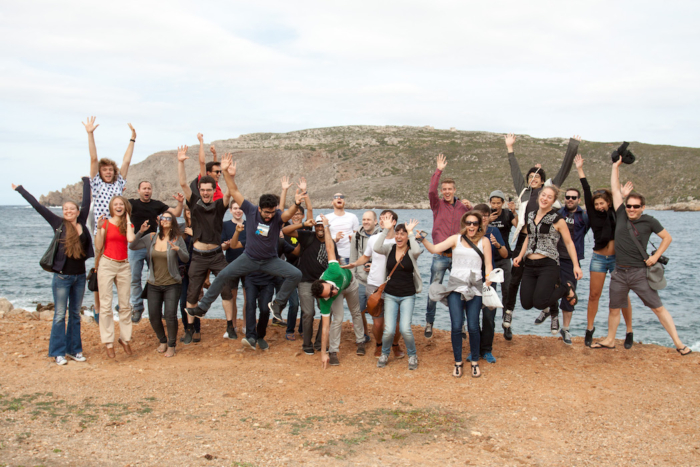
How do you make sure that all of your remote teammates actually stay on task and engaged with their work?
That’s a great question. I think it relates to being mission-driven and having people that care deeply about the products they’re building and projects they’re working on.
The other thing is not to micromanage people but to point them in the right direction and let them execute. It’s not really about task management or micromanagement but more directional management. Then people can figure out how they can construct their own to-do lists and plan.
The other aspect is having really great specifications. Before we start working on a feature, we try to have specifications for technology, design, and product changes. In the past, we had very loosely defined specs, and then suddenly the scope would get way too big and no one would be able to figure out how to execute it.
What are a few tips for people to cultivate really good time management skills?
I don’t think time management is essential. What’s critical is managing your energy levels. It’s very important to figure out when you have the most energy. For me, it’s in the morning. So that’s when I do the hard stuff that really requires a lot of energy and a lot of thinking. And after lunch, my energy levels are usually lower, so this is a perfect time to process my email inbox.
This works because of the remote work environment. And since we mostly work asynchronously, I can actually plan my days how I like them and not really be managed by a schedule. I still have kind of a 9 a.m. – 6 p.m. schedule, so I can take care of my young son.
I would recommend not managing your time but managing your energy levels and planning for that.
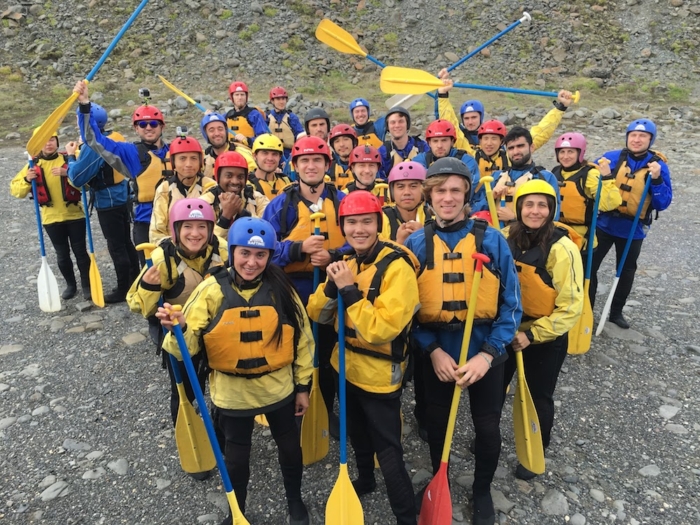
What’s your take on to-do lists helping with productivity?
One of the central parts of being a human is augmenting ourselves with tools, and to-do lists are tools to get stuff out of our heads so we can use our brains for more creative things than to remember what needs to get done or what was already done.
To-do lists are not a new concept; even Leonardo da Vinci used to-do lists. It’s a tool that humans have used for the past 500+ years. I’m confident to-do lists are here to stay.
Todoist is a tool that can help get stuff out of your head so you can use your mental energy on important things, creative tasks like writing, coding, or designing.
A huge problem is that people try to use their head to remember stuff, and I don’t think we’re very good at this. Todoist is kind of like a second brain.
Besides Todoist and Twist, which other productivity apps do you use?
I use RescueTime — a time monitor. It helps me monitor myself to see how I actually spend my time. It’s a great tool to get introspective and figure out if I’m doing too much development, too many meetings, etc. It helps keeps things balanced.
They also have another useful feature, which is basically a “focus mode” for blocking out distractions. I use that sometimes when I have something that I don’t want to do but need to do — it helps me stay on track.
Want to learn more about how Doist succeeds with remote work? Be sure to read “How to focus on work in a remote setting” and “How Doist productivity apps use Jotform.”


































































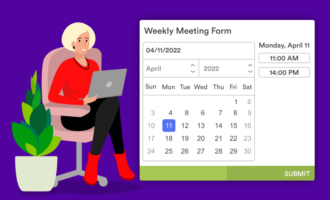








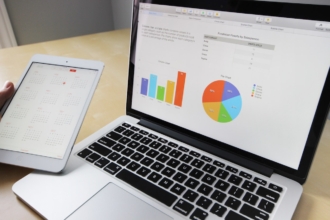











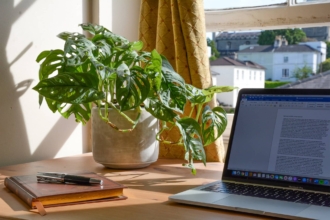

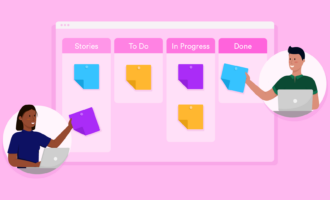


















Send Comment: